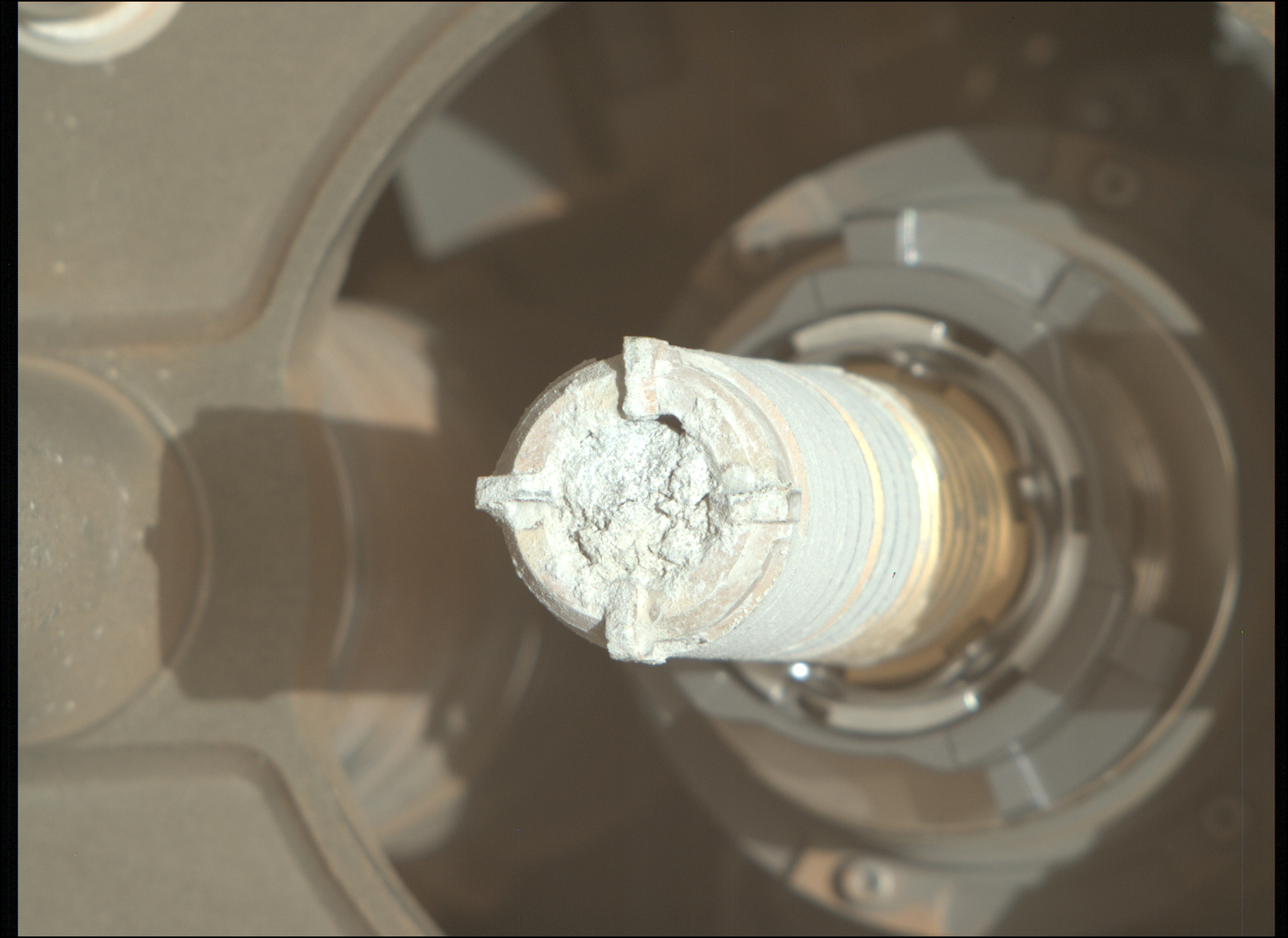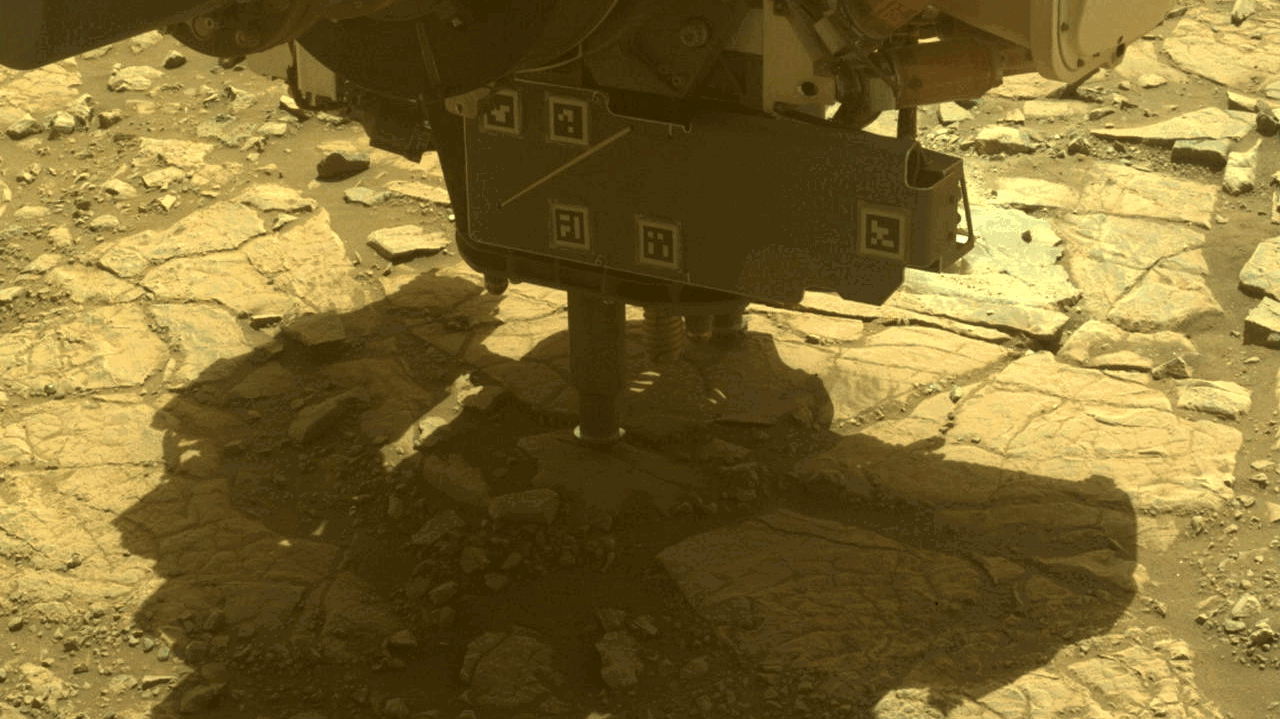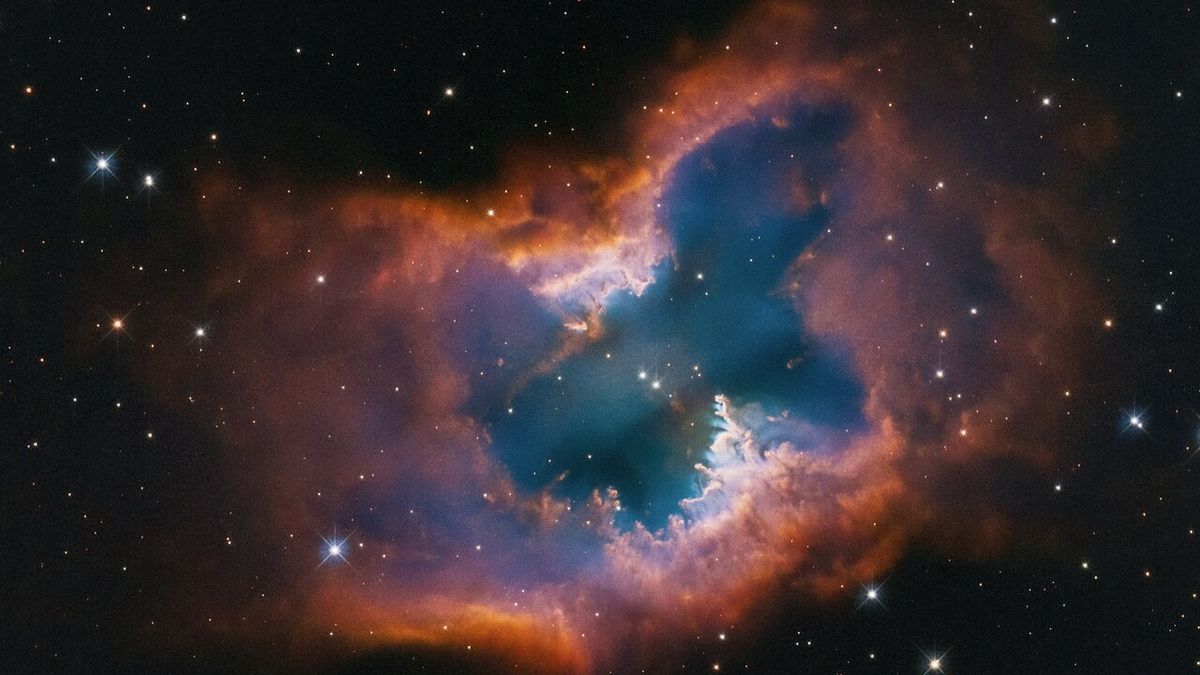NASA's Perseverance rover is reveling in a scientific bonanza on Mars after finding a diverse array of rocks that are providing eager scientists a glimpse into the planet's ancient history.
The Perseverance rover is currently exploring Mars hills, boulders and rocky outcrops along the rim of Jezero Crater, a dry, bowl-shaped depression north of the Martian equator that likely held a lake billions of years ago. Since reaching the crater's western rim in December of last year, the rover has focused its attention on the layered terrain of a tall slope called Witch Hazel Hill, which could hold clues to a period when Mars had a vastly different climate. In the past few months alone, the car-sized Perseverance has collected samples of five rocks, performed detailed analysis on seven others, and zapped an additional 83 with its laser for remote study — the robotic explorer's fastest pace of scientific data collection since it landed on the Red Planet four years ago, NASA says.
"During previous science campaigns in Jezero, it could take several months to find a rock that was significantly different from the last rock we sampled and scientifically unique enough for sampling," Katie Morgan, who is the Perseverance's project scientist at NASA's Jet Propulsion Laboratory in Southern California, said in a statement. "But up here on the crater rim, there are new and intriguing rocks everywhere the rover turns. It has been all we had hoped for and more."
The crater's western rim is proving to be a scientific goldmine because it contains lots of fragmented, once-molten rocks that had been blasted from deep beneath the surface billions of years ago by meteor impacts, possibly including the impact that created Jezero Crater itself, according to the statement.
Of key interest to astronomers is Perseverance's first crater rim sample, named Silver Mountain, which is a "one-of-a-kind treasure" likely dating back at least 3.9 billion years to the Noachian age — an early Martian period of heavy bombardment that shaped the planet's cratered landscape we see today, NASA recently said.
"My 26th sample, known as 'Silver Mountain,' has textures unlike anything we've seen before," the rover's official X account posted in February.
Not far away, the rover also found a rock rich in serpentine minerals, which typically form when water interacts with certain volcanic rocks. Scientists say this process can sometimes create hydrogen, a potential energy source for life as we know it here on Earth.
"The last four months have been a whirlwind for the science team, and we still feel that Witch Hazel Hill has more to tell us," said Morgan. "We'll use all the rover data gathered recently to decide if and where to collect the next sample from the crater rim."
"Crater rims — you gotta love 'em," she added.

Scientists are eager to return these and other samples Perseverance collected to Earth to determine whether there was ever life on the now-barren Mars. The fate of NASA's Mars Sample Return mission, however, continues to remain uncertain as the highly complex and technologically-challenging endeavor faces budget, schedule and engineering hurdles.
After cost projections soared to $11 billion and the sample return timeline stretched to no earlier than 2040, NASA began a complete overhaul of the plan and solicited new proposals from industry and academia to find a more affordable and faster way to return the samples to Earth. The agency's decision on the revised strategy isn't expected until mid-2026.








 English (US) ·
English (US) ·